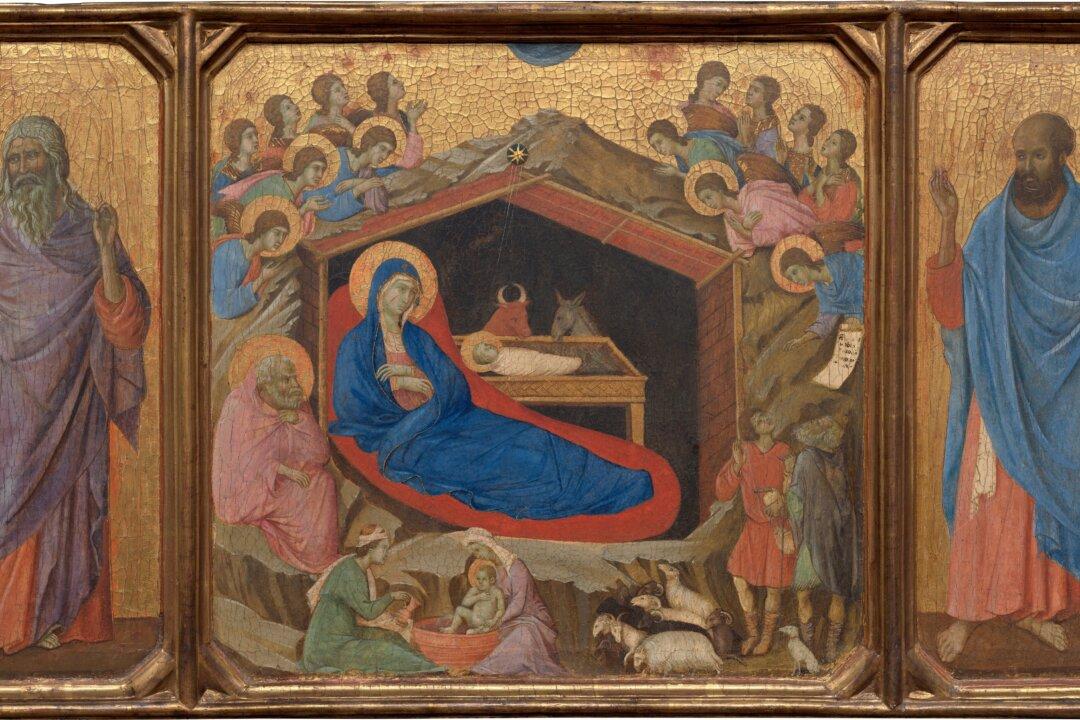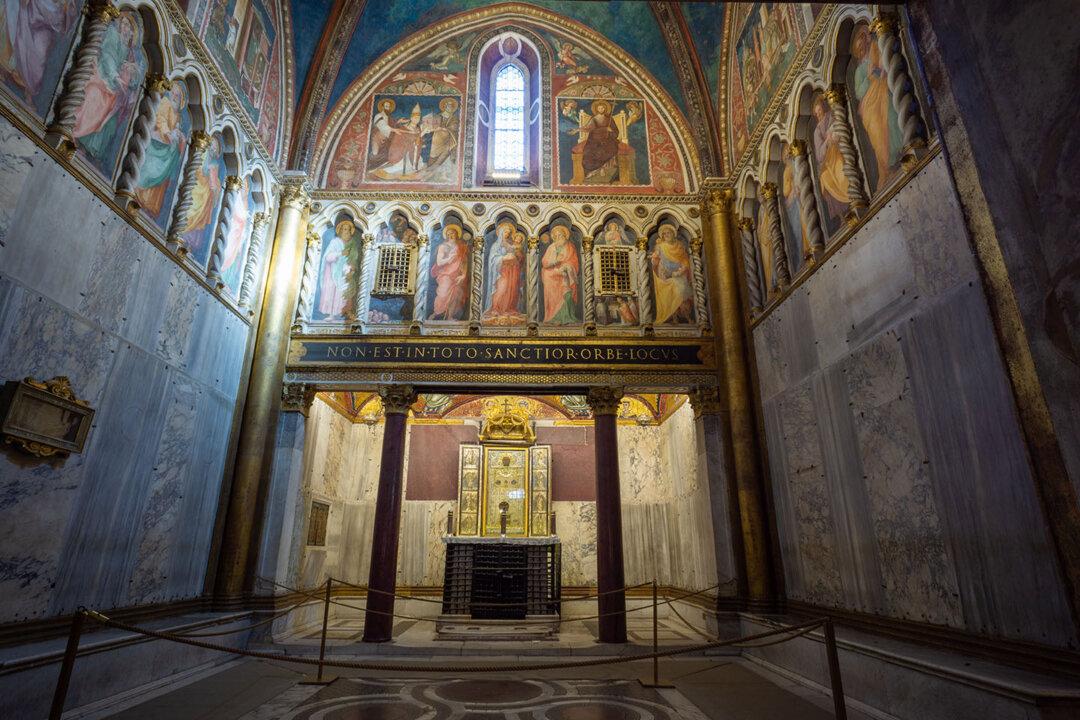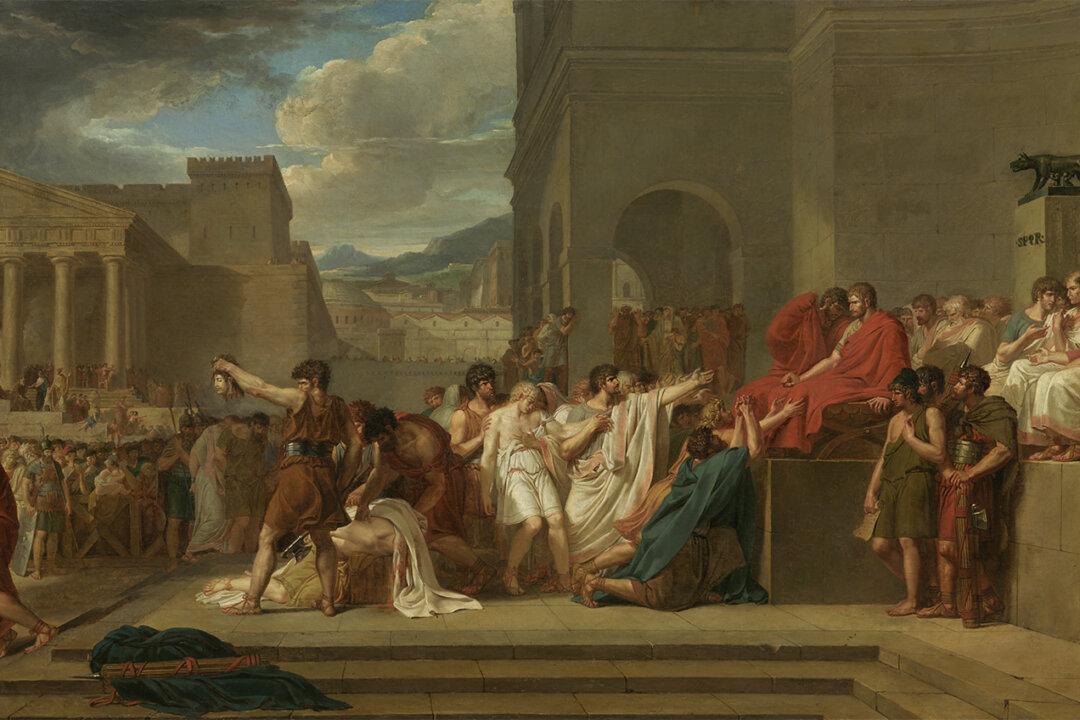Under the soaring ceilings of his room and studio at the Villa Medici in Rome, Léon Pallière rested casually. He was a student of fine art who had studied painting at the Parisian Academy before arriving in Rome for his education—as a “pensioner” of the French Academy. By 1817, when the intimate portrait was painted of him was painted by Jean Alaux, the young man was just at the end of his five-year fellowship and about to return to France to commence his artistic career. In the picture, the room opens to a wide vista and is filled with all kinds of everyday objects. He has witnessed the indelible experience of his expatriate life intertwined with art, history, and the airy allure of the Eternal City.
For young artists working in France in the 18th and early 19th centuries, Rome was the ultimate destination, the ideal training ground for them to become immersed in the relics of antiquity and the masterpieces of the Renaissance.





